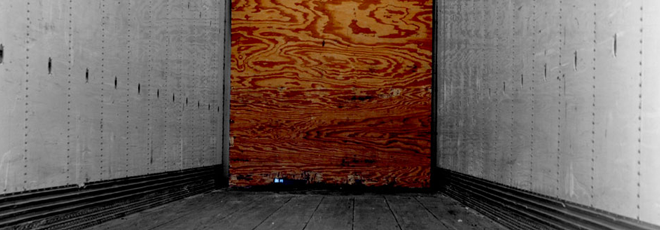All waste is not created equal. Leftover liquids like solvents, lubricants, and paints can ignite suddenly under the right conditions, which can complicate matters when it comes to waste management.
Any material with a flashpoint below 37.8°C (100°F) is considered flammable, and can’t be burned off, thrown in your usual dumpster, or poured down the drain. This can make it tricky to safely get rid of flammable liquids, but there are some tips and procedures that can help you properly dispose of your flammable liquids safely and efficiently.
How should you store flammable liquid waste?
It’s crucial that your flammable liquids are stored properly, because escaping vapor can lead to a sudden and serious fire. In fact, the liquid itself won’t burn; it’s the vapor that could ignite when it mixes with air and meets an ignition source, like high heat or a small spark. This means that you could be danger even if there hasn’t been a spill or noticeable leak.
In order to create safe storage and disposal procedures to help prevent a loss, you first need to know what qualifies as a flammable liquid. Some common examples include:
- Fuels
- Solvents
- Thinners
- Cleaners
- Adhesives
- Paints
- Waxes
- Polishes
It’s best to store waste liquid as you would store used or contaminated flammable liquids: in a clearly-marked container that’s made of the same material as the liquid’s original container. If you’re dealing with a large amount of flammable liquid, your recycling service should be able to provide bulk waste containers for your business to use.
Pay close attention to the quality and integrity of your containers, since even a small spill or leak can spread quickly. Most flammable liquids flow easily, and burning liquids can spread under doors and down stairs. When a flammable liquid touches wood, cardboard, or cloth, the danger can escalate quickly.
There are laws in place to guide and protect workplaces when flammable liquids are present. Get to know your building, fire, and electrical codes that specify what sort of storage areas are suitable, as well as how much flammable liquid can be stored in each kind of storage area, and for how long.
Tips for mixing, handling and transferring flammable liquid waste
You shouldn’t mix different types of hazardous or flammable liquids together in the same container unless your recycler gives you the go-ahead. Keeping flammable substances separate will make it much easier to recycle the materials, and in some cases, it can prevent dangerous chemical reactions from occurring.
Make sure to wear the proper protective personal equipment (PPE) whenever you’re handling hazardous or flammable liquid waste. Only dispense liquid from one container at a time, and consider using approved transfer pumps, drum faucets, and safety drip cans to prevent splashes and spills.
Proper labeling is essential
Flammable or hazardous liquids in the workplace are covered by WHMIS – the Workplace Hazardous Materials Information System, which is now aligned with the GHS (the Globally Harmonized System of Classification and Labeling of Chemicals).
According to the Canadian Centre for Occupational Health and Safety (CCOHS), the system requires that all material coming into your workplace from suppliers, and any smaller amounts your employees might use on the job, is properly labelled. WHMIS-approved workplace labels for flammable or hazardous waste material should include the same information as the original product label, such as:
- The product name
- Safe handling procedures or warnings
- Reference to the MSDS, or material safety data sheet (most workplace materials labels can be found online and downloaded)
Other important words, phrases, warnings, and information may need to be included as well, according to the hazard class of the material and to particular workplace requirements. When the material is ready for disposal, the label should also clearly indicate that the liquid is to be recycled.
Get help removing the waste
Hazardous waste collection and disposal companies can help you get rid of flammable waste material in the safest way possible. However, safety measures should begin before the service comes to pick up the waste: drums should be vented, grounded, and bonded, and materials that are soaked in flammable material (like paper and cloth) should be kept in approved oily waste containers.
Keep in mind that some recyclers offer container services and regular pickup, depending on what and how much is being collected. Also, regulations could limit the amount of flammable liquid that is permitted to be stored on your site, whether it’s new or used. In turn, it’s best to have your waste material picked up regularly.
How to manage waste more effectively
When it comes to managing flammable liquid waste, it pays to plan ahead. In many cases, waste collection is done on a first come, first served basis, and it’s your responsibility to make sure it doesn’t accumulate in your workplace. It’s a good idea to have someone in charge of scheduling and overseeing collection to ensure your risks are as low as they can be.
Along with swift and frequent waste disposal, certain risk management techniques can help you mitigate some of the risks that come with handling hazardous material. For instance, substituting flammable liquids with water-based products (or less volatile chemicals) where possible can immediately reduce your employees’ exposure to hazards. Of course, any changes to your operations should be considered carefully, and when in doubt, refer to material safety data sheets (MSDSs) and industry experts for guidance so that you are aware of all of your obligations.




